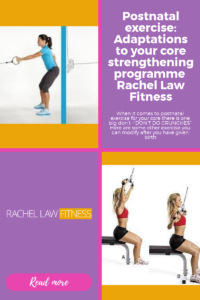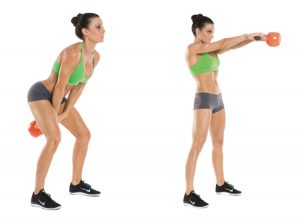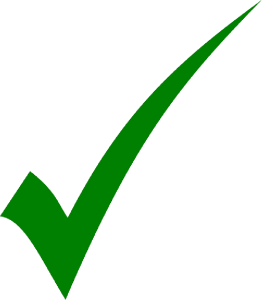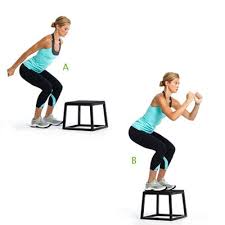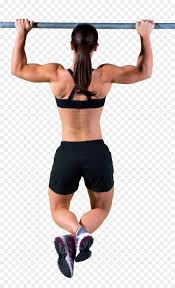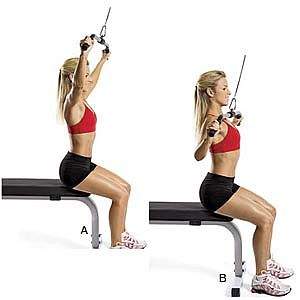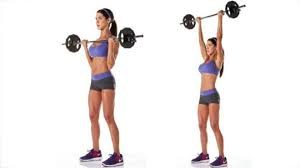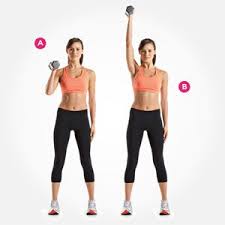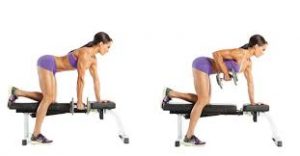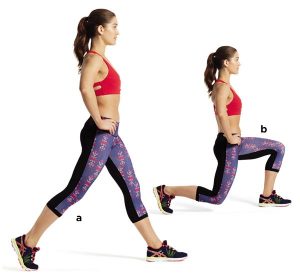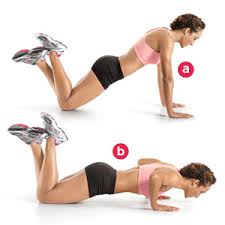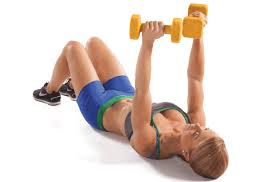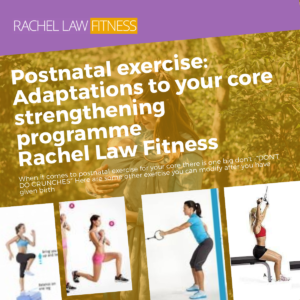When we start talking about postnatal exercise for your core there is one big don’t –“DON’T DO CRUNCHES”
The still-healing, Postnatal Core doesn’t, in general, respond too well to PRESSURE. Traditional crunches make pressure. Pressure builds against a still-healing abdominal wall and any healing diastasis. Pressure builds and is forced down towards the Pelvic Floor which if not strong/functional enough to do its job of supporting the sphincters, leads to issues such as Stress Urinary Incontinence or uncontrolled flatulence.
 Postnatal exercise should be designed to complement your role as a new mum
Postnatal exercise should be designed to complement your role as a new mum
Post Natal core exercises do not have to be done on the floor. After all, we do not use our core and glutes lying on the floor. As mums, we are constantly lifting, bending, walking and carrying. So in my view, the job of the postnatal trainer is to prescribe functional postnatal exercises that will assist her in her role as mum and her ability to return to the type of exercise she was doing before
So what kind of postnatal exercise can you do?
There are lots of new mums who have had an active pregnancy and come from a background of heavy weight lifting and running. They want to get back to this type of exercise, and in that case, the postnatal trainer will help to get them back to doing these things as much as possible, with appropriate adaptations.
Let’s look at a few adaptations of traditional exercises that are appropriate to a healing postnatal core
Kettle Bell Swing > Kettlebell Squat
The kettlebell swing is an exercise that puts a load of pressure through the core and is unsuitable for a weak pelvic floor or diastasis. It can easily be swapped to a kettlebell squat. This works similar muscles in a more controlled way and will still elevate the heart rate
Box Jump > Leg Drives
The box jump puts huge pressure on the pelvic floor and core due to its ballistic nature. A simple swap here is single leg drives onto a step. The height of the step can be adjusted. This exercise has the added bonus of using the core to balance on one leg. With one foot always on the floor, the pressure on the pelvic floor is reduced making this suitable for mums with pelvic floor weakness.
Pull-Ups > Lat Pull Downs
Pull-ups create a lot of tension through the core due to the fact that the person is pulling up the weight against gravity. An effective exercise which works the same muscle group is the Lat Pull Down. I would suggest starting with a narrow grip to reduce pressure
Shoulder Press > Single Arm Press
Taking a weight overhead will need a certain degree of core tension to stabilise it and push both hands above the head. A simple swap here would be a single arm press.
Single Arm Bench Rows: Single Arm Cable Rows
The prone position of a single arm row may not be ideal for a diastasis or a weakness in the pelvic floor. A simple alternative which keeps mum upright is a single arm row using a cable machine. The exercise can be progressed by adding a squat.
Lunges > Split Squats
Substituting a lunge for a split squat removes the impact of the exercise while working the same muscles and elevating the heart rate
Press Up > Dumbbell Chest Press
Due to the position of the press up this exercise creates huge pressure through the core as the person moves their whole body weight away from gravity. A better chest exercise would be a dumbbell chest press done on the floor.
Seek Professional Guidance
When embarking on an exercise program after having a baby, I would always recommend seeking professional guidance, whatever level you were at pre-pregnancy. A trainer qualified and experienced in postnatal exercise will be able to design a program suitable to your needs and levels and progress it appropriately.
How Soon Can I start Postnatal Exercise?
It is also worth considering a 6-week check with a Women’s Health Physiotherapist who will be able to assess pelvic floor function and offer advice on safe return to exercise,

Rachel Law is a personal fitness trainer based in New Malden, Surrey. Qualifications: ActivIQ Level 3 Personal Training; Burrell Education Pregnancy Exercise Prescription; Burrell Education Advanced Pregnancy Wellness Practitioner; Burrell Education Advanced Post Natal Exercise Prescription; Burrell Education 3rd Age Women Optimal Health and Nutrition; Burrell Education Peri Natal Athlete; Burrell Education Pelvic Flow and Freedom; Olympic Weight Lifting; Premier Global Kettlebells; FIE Level Assessment and Mentoring

